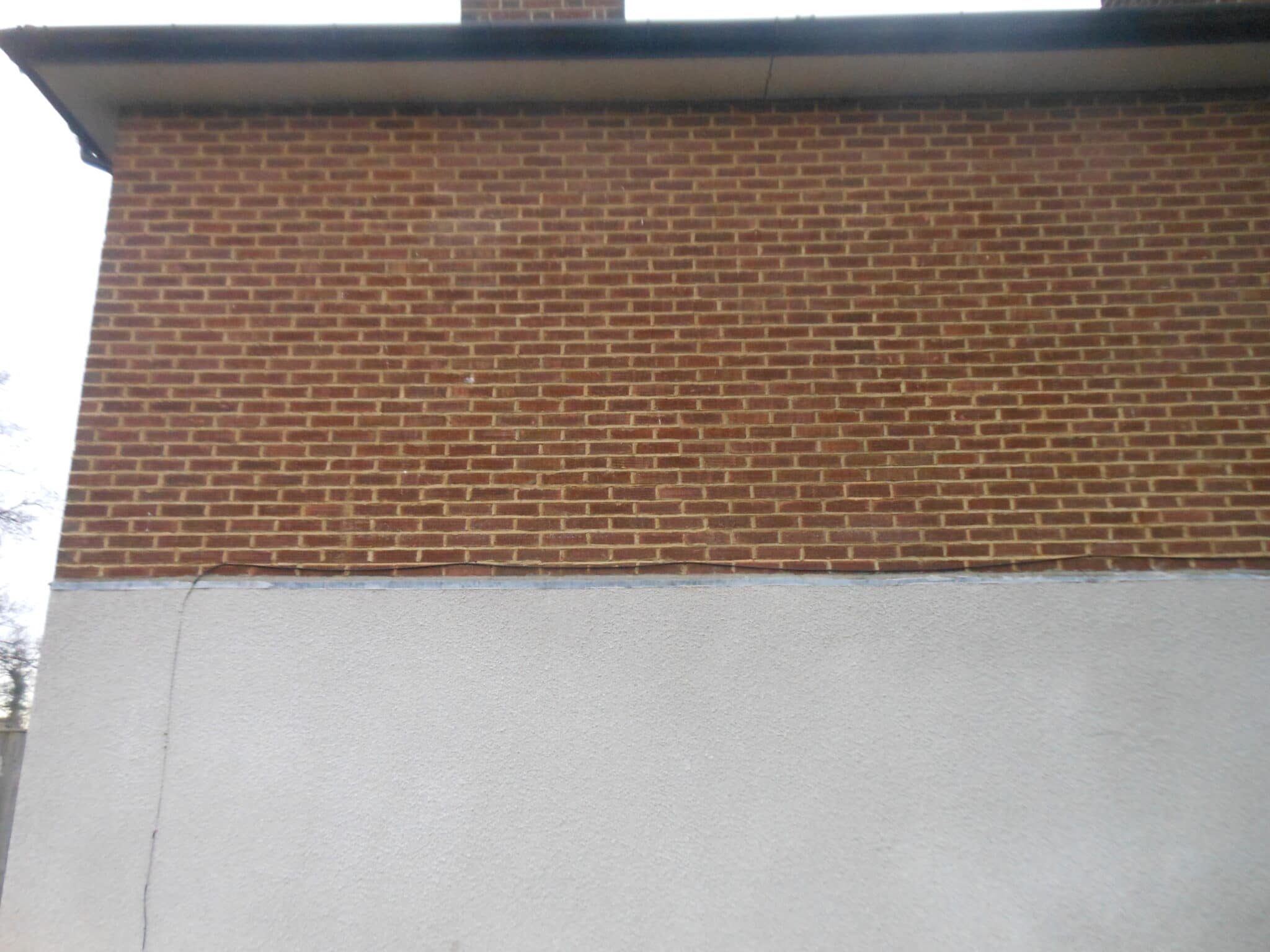
18 May What Are the Types of Underpinning?
There are many reasons why your home may need to be underpinned. Protection against subsidence is the most common, but you may choose to underpin your home for other reasons. For example, you might want to add an extra storey to the building, in which case the foundations may not be strong enough for the extra weight. Or you may choose to create a basement, which will require new foundations further down.
Different methods of underpinning may be suitable for different reasons. So what are the types of underpinning to choose from?
Mass Concrete Underpinning
Also known as traditional underpinning, this is the oldest method still in use. It involves excavating sections below the foundations, one at a time, and backfilling each with concrete before moving on to the next.
Mass concrete underpinning is slow and very labour intensive, which often makes an alternative method preferable. However, its biggest advantage is that it involves no heavy machinery, which can often make it preferable in situations where access to machinery would be difficult.
Beam and Base Underpinning
The beam and base method of underpinning also involves excavating, as with traditional underpinning. In this case, however, instead of concreting the whole space, mass concrete bases are placed in strategic positions.
A concrete beam is then laid across the bases. This takes the weight of the building above it and transfers the thrust further down to levels of subsoil that are more robust than those closer to the surface.
Mini-Piled Underpinning
Perhaps the most common form of underpinning nowadays, mini-piled underpinning involves either driving or drilling steel piles down below the existing foundations. The space within the steel frame is then filled with concrete or resin, anchoring the piles to a layer of subsoil up to five metres down.
Compared with the mass concrete method, mini-piling requires more equipment and more precise engineering. However, the equipment is actually relatively small, allowing access to fairly confined spaces. This is usually the most secure method since it allows the weight to be transferred down to a level far below other techniques.
Piled Raft Underpinning
This is a method used when the entire building needs complete underpinning. The internal floors are removed, and piles are driven or drilled in the normal way, forming a grid. A concrete raft is then laid over the piles and the floors replaced.
This is the most disruptive and complex method, but it has the advantage of combining a complete raft of concrete, as with the mass concrete method, with the extra support of mini-piling.
All these methods of underpinning are suitable for certain situations, but it takes an expert to judge which will be the appropriate method to use for your particular case. Give U&M a call to discuss what type of underpinning will be best for your project.




